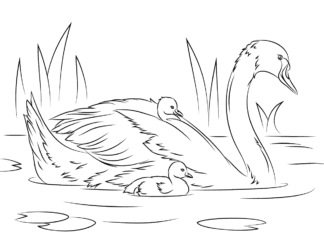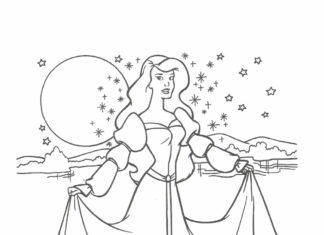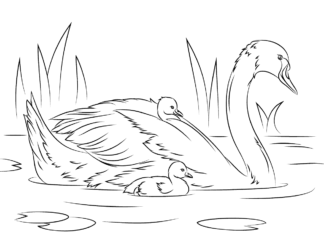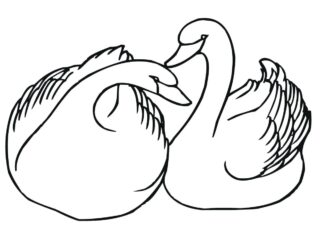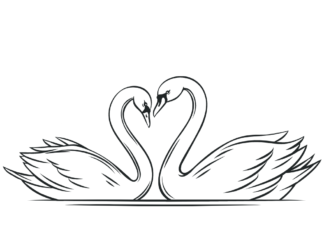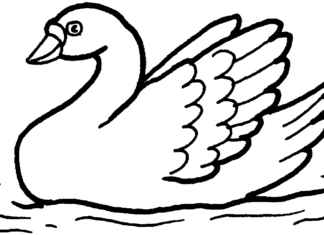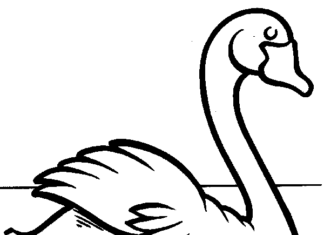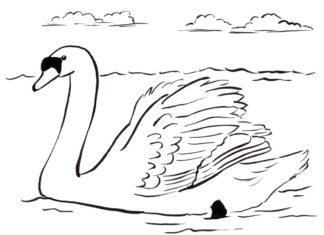Swans are now found in as many as six different species. It is a bird of the duck tribe. An interesting fact is that they occur in both hemispheres. Very often in our country we can meet these animals at lakes, which make their nests in overgrown grasses that grow in the water. Such places are very safe for them and that is why they choose them to settle down with their family.
Swan Coloring Pages
Information
- Classification: Swans belong to the duck family (Anatidae) in the order Goose.
- Disposition: Swans can be found on many continents, including Europe, Asia, North America and Australia. They prefer freshwater ponds, lakes, rivers and wetlands.
- Characteristics: Swans are among the largest flying birds. They have long necks, large bodies and long, straight legs. Their plumage is usually white, although there are also species with black or partly black plumage.
- Life expectancy: In captivity, swans can live up to 20-30 years, while in the wild their lives are usually shorter due to predators and other threats.
- Diet: Swans are herbivorous and feed mainly on aquatic plants. They can also eat small fish, insects and mollusks.
- Reproduction: Swans are monogamous and often form lifelong pairs. They nest on the ground, usually near water. The female lays 3 to 8 eggs, which are then hatched by both birds.
- Symbolism: Swans are a symbol of purity, loyalty and beauty in many cultures. They are also often associated with love and devotion, mainly because of their tendency to form lifelong couples.
- Species: There are seven main species of swans, including the mute swan, which is the most common in Europe, and the black swan, characteristic of Australia.
- Migrations: Some swan species move long distances. For example, the whooper swan winters in warmer areas of Europe and Asia.
- Threats: Many swans are threatened by habitat loss, water pollution and uncontrolled hunting. Conservation efforts are underway in many countries to protect these beautiful birds.
Trivia
- "Swan Song": There is a myth that swans sing only once in their lifetime, just before they die, hence the term "swan singing." In fact, swans communicate with various sounds throughout their lives, although they are not known for their melodious singing.
- Swans in culture: In many cultures, swans are symbols of love and beauty. They are often depicted as symbols of unbreakable bonds, which is rooted in the observation that swans often form couples for life.
- Wing size: The king swan has the longest wingspan of any water bird, reaching up to 3 meters.
- Way of swimming: Swans, like many other water birds, have special ridges on their toes that help them swim efficiently through the water.
- The habit of raising the neck: Swans often raise their necks when swimming, which allows them to see farther and alert other birds to their presence.
- Security: In England, all mute swans are formally considered the property of the monarch. This custom dates back to the Middle Ages and is still followed.
- Plumage color: Although most people associate swans with white plumage, there are also black swans, which are found mainly in Australia.
- Color change: Young swans, called cygnets, usually have gray plumage that fades and turns white as they grow up.
- "Dance" of the swans: Swans often perform synchronized movements on the water that resemble dancing. This is a social behavior and can serve to strengthen the bond between partners.
- Power supply: Swans often feed by dipping their heads underwater in search of food, but they can also dive, especially when they are young.


